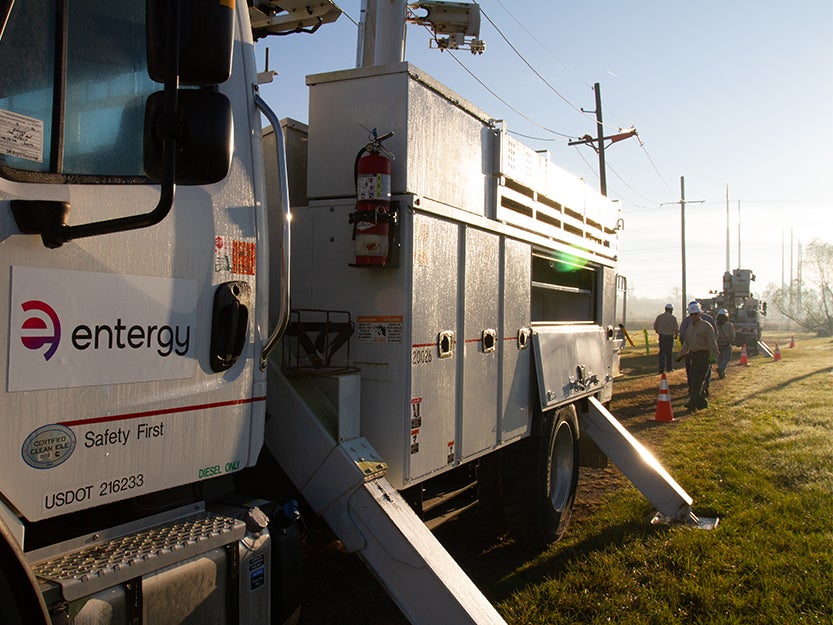Memories of old saw mill town of Fullerton live on
Published 8:42 am Tuesday, October 22, 2013
The physical evidence left of the town called Fullerton is scant — an occasional artifact in the forest, like a set of stairs underneath the brush. But the memory of the town remains very real in the minds of the dwindling number of former residents, their families and unofficial historians who meet every year to discuss what once was in the old saw mill town.
The Kitsatchie National Forest nearly hides any trace of Fullerton and leaves no indication of the town’s significance or history. What is it about the long gone town that has kept it from being forgotten?
“I think I keep coming back because I met some people that were so passionate about Fullerton and preserving its history,” said Kimberly Beery, a local historian who based her master’s thesis on the town. “They keep coming back.”
Every year, those who want to still remember the town that once was gather at its former site at Fullerton Lake.
Bill Bridges and his mother started the reunion picnic back in 1960 and have held one ever since. His mother, Marjorie Van Deventer Bridges, has since become too ill to continue attending the event. She is 96, and is one of the last surviving members who can remember Fullerton.
The town was the site of the largest pine sawmill west of the Mississippi River from 1907-27. The overwhelming majority of the residents worked for the mill or, at least, lived on its property. The sawmill, like most everything else in town, owned even the houses in the town. Life was easy for most in the picturesque town – a seven-bedroom house ran for $7 per month, health care cost $2.50 per month and electricity was free.
So when the Depression hit and the sawmill shut down, it was particularly devastating to the some 5,000 residents. The forest had all but completely cut down and nearly everything in the town was picked up and shipped off somewhere for sale. After years of relative prosperity, residents suddenly found themselves without a home or a means to making a living.
“The people would boil the wallpaper to get the muslin off,” Bridges said. “They were scared, they literally had nothing.”
Van Deventer Bridges, who had worked as a telephone operator, was one of the last people to leave the doomed town.
Betty Compton and members of her family have been coming most every year to the reunions since 1967. Although she never lived in the old sawmill community herself, much of her family did. At one point, she said, she had four generations attend the reunion picnic, which has been held in a clearing next to Fullerton Lake.
“It used to be real fun when older people would come,” Compton said. “They would talk about who they dated and where they would go on dates. It’s sad now, because almost all of them are gone.”
A dirt road by the lake leads to what remains of the town. The swimming pool, once a hub of activity, remains virtually intact underneath layers of fallen leaves. Farther down the road are steps leading up to a hotel and steps up to one of the schools.
Deputy District Ranger Douglas Rhodes said the park has plans for old Fullerton.
“We’re going to try to promote this in the next few years,” he said. “It’s going to be a big deal.”
Unidentified Fullerton residents lounge in front of the sawmill in 1913. The town was the home to the largest pine sawmill west of the Mississippi River from 1907-1927. (Special to the American Press)




